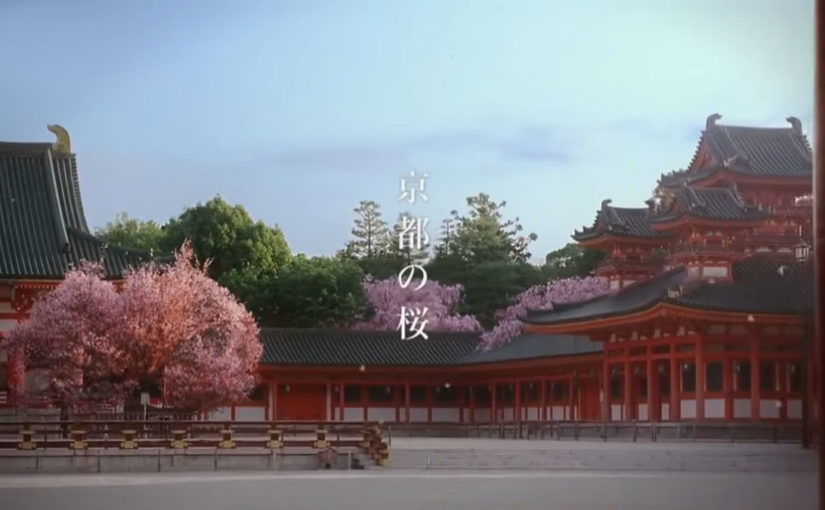Kumamoto Castle (熊本城 Kumamoto-jÅ) is a hilltop Japanese castle located in ChÅ«Å-ku, Kumamoto in Kumamoto Prefecture. In 1588, KatÅ Kiyomasa was transferred to the early incarnation of Kumamoto Castle. From 1601 to 1607, Kiyomasa greatly expanded the castle, transforming it into a castle complex with 49 turrets, 18 turret gates, and 29 smaller gates.
Kumamon (ãã¾ãƒ¢ãƒ³) is a mascot created by the government of Kumamoto Prefecture, Japan. It was created in 2010 for a campaign called to draw tourists to the region after the Kyushu Shinkansen line opened.
Yuru-chara (Japanese: ゆるã‚ャラ Hepburn: yuru kyara) is a Japanese term for a category of mascot characters; usually created to promote a place or region, event, organisation or business. They are characterized by their kawaii (cute) and unsophisticated designs, often incorporating motifs that represent local culture, history or produce.
エグスプãƒãƒ¼ã‚¸ãƒ§ãƒ³ï¼ˆEGU-SPLOSION)ã¯ã€æ—¥æœ¬ã®ãƒ€ãƒ³ã‚µãƒ¼ï¼ˆãƒ€ãƒ³ã‚¹ãƒ¦ãƒ‹ãƒƒãƒˆï¼‰ãƒ»æŒ¯ä»˜å¸«ã€‚よã—ã‚‚ã¨ã‚¯ãƒªã‚¨ã‚¤ãƒ†ã‚£ãƒ–・エージェンシー所属。
“EGU-SPLOSION is a Japanese dance and choreography group. They are represented by Yoshimoto Creative Agency.”
